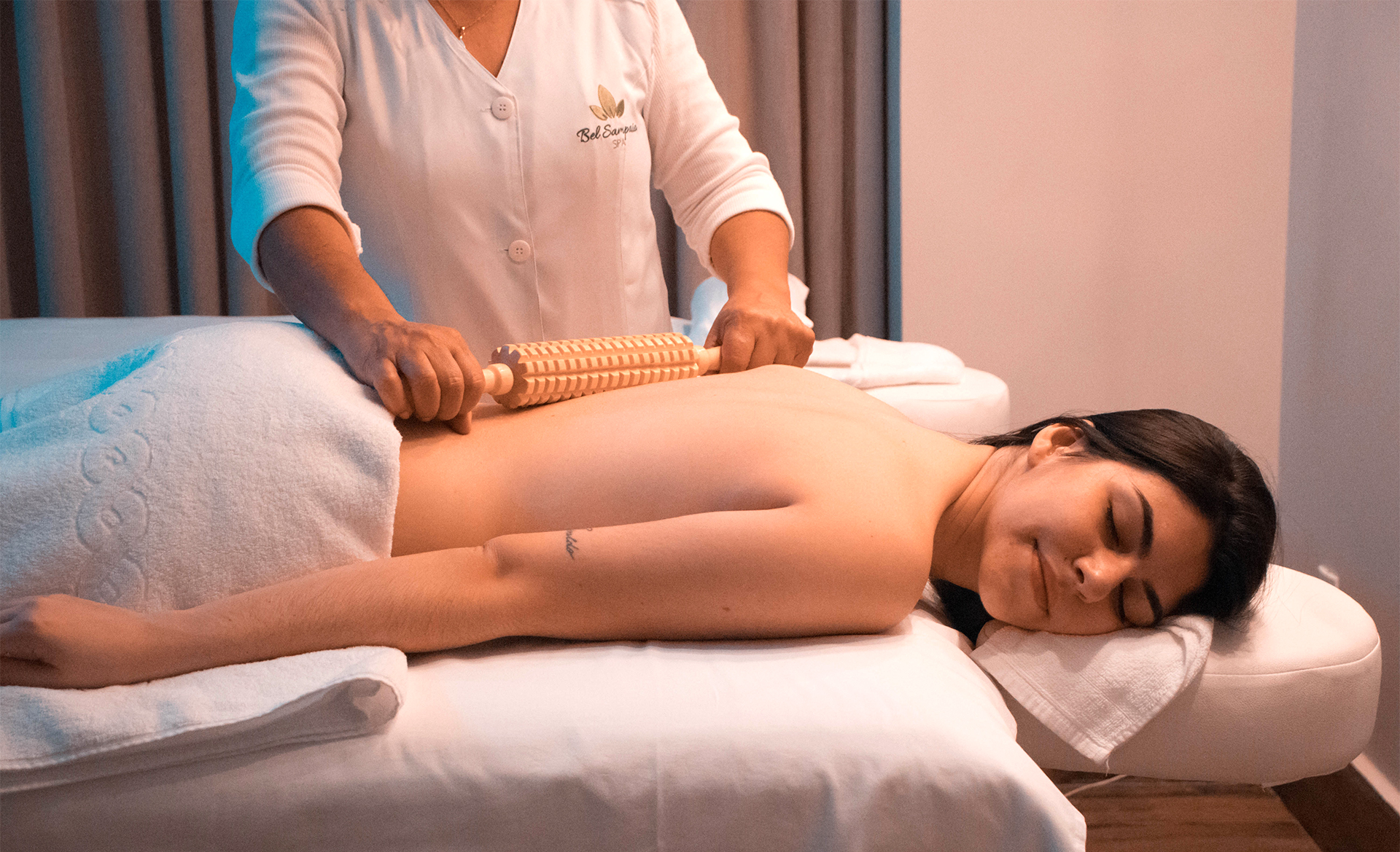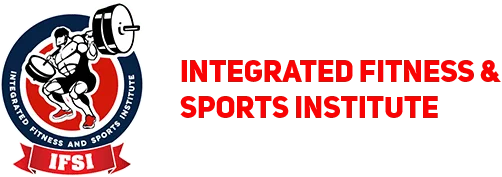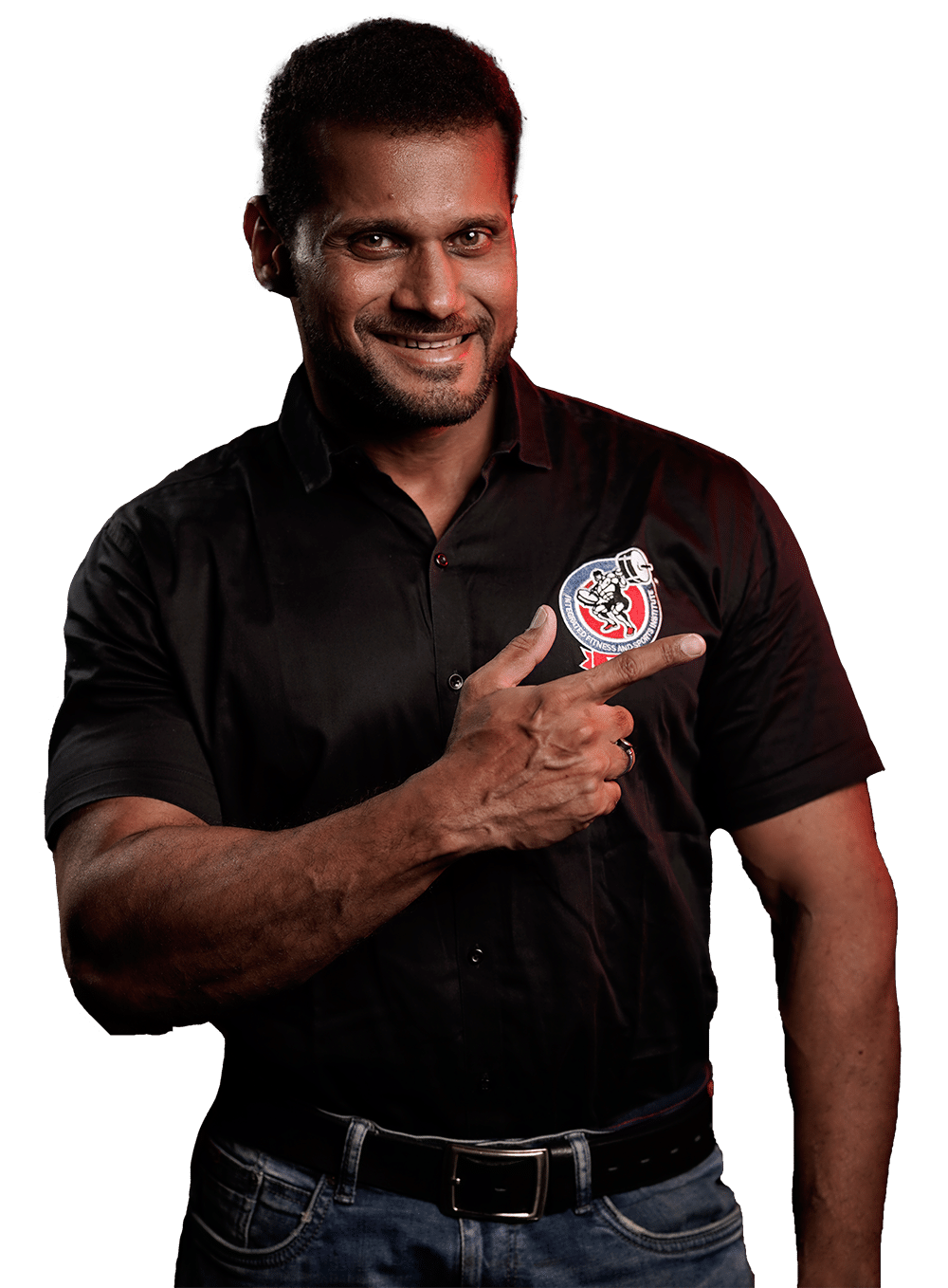
For practitioners, massage is a form of art. According to the Oxford Dictionary, art is described as “ability in skillful execution.” Consequently, an exceptional massage can be defined as the skilled execution and harmonious blend of technique, understanding, and intuition.
The refinement of these elements demands both time and dedicated practice for any massage therapist course-certified individual.

Nevertheless, no amount of practice alone can transform someone into a master if they lack the motivation and unwavering commitment to excellence.
These qualities are what distinguish a massage artist from a typical masseuse. In this manner, as a massage therapist course certified expert continually hones their skills, acquire knowledge, and dedicate themselves to their craft, they evolve into more of an artist.
Each time a therapist approaches the massage table, one could liken them to an artist and the client’s body as their canvas.
As they merge the various skills they have studied in massage therapy courses in India, they begin to mold their own unique style.
If you were to experience ten different massages from ten different therapists, you would notice that each massage is wholly distinctive.
What sets each experience apart is the therapist. Just as every individual possesses a unique personality, so do massage therapists possess their own distinctive style, shaped by their personal belief system and their singular perspective on the world.
This distinctive style influences everything, from the assurance in their touch to the comfort they provide during their work and their interactions with clients.
Let’s explore some of the major techniques covered by most body massage certificate courses:
Holding
Holding is an integral aspect of massage. When executed with precision, it becomes a remarkably potent method, offering a means to instill serenity and balance within both yourself and your partner.
Holding, a practice we naturally employ in response to pain or intense emotions, can serve as an introductory step in any massage routine, functioning as a method of centering and grounding.
To maximize its effectiveness, it is imperative to clear your mind of distractions and fully concentrate on the task at hand.
Rubbing

This technique is incredibly straightforward because it taps into our natural instincts: we instinctively rub ourselves to generate warmth when we’re cold or to alleviate pain when a particular area is hurting.
Rubbing, as taught in a massage therapy certification course, serves as a catalyst, accelerating the flow of blood throughout your body, resulting in an immediate boost in oxygen levels.
Its stimulating effect is particularly beneficial when you’re feeling low on energy or experiencing stagnation or listlessness.
It’s important to keep this motion dynamic. Light or slow rubbing won’t sufficiently stimulate blood flow, while excessive pressure can hinder the desired momentum.
Discover the right amount of pressure that suits you and maintain a steady, rhythmic motion.
Pressure points
Static pressure is a versatile technique that can be employed on any part of the body, with notable effectiveness when addressing tense shoulders, stiff necks, and knotted backs.
It is important to exercise caution around bony areas, especially when working along the spine.
When focusing on your partner’s back, you’ll notice certain areas may be more sensitive or contain stubborn knots, characterized by hard or tense muscles.
In such instances, you can enhance the effectiveness by having your partner take a deep breath before applying pressure.
You can use a single thumb for static pressure, or for added intensity, stack one thumb atop the other. According to most massage therapist courses, for larger areas, consider employing the index, middle, and ring fingers.
Spa and massage therapist course offered by IFSInstitute

Enroll in this massage therapy course in India, and you will acquire all the essential knowledge and skills required to excel as a proficient spa and massage therapist.
The curriculum is designed to provide students with in-depth instruction in a variety of massage techniques, spa procedures, human anatomy and physiology, effective client communication, and essential business management skills.
Practical training sessions are a regular component of the program, allowing students to apply their newfound knowledge and hone their massage abilities.
Our course is distinguished by its expert guidance and comprehensive syllabus, ensuring that you establish a solid foundation in the art of spa and massage therapy.
Upon completing this program, you will be thoroughly prepared to embark on a successful career in the spa and massage industry.
About IFSI Institute:
When it comes to selecting the ideal institution for a body massage certificate course in Mumbai and Pune, the decision can often be daunting.
Fortunately, the Integrated Fitness and Sports Institute (IFSI) presents itself as an outstanding option, with establishments in both Mumbai and Pune.
IFSI has earned a stellar reputation for delivering globally recognized certification programs that seamlessly blend ancient wisdom with contemporary scientific knowledge.
These certification programs for personal trainers offer a comprehensive curriculum that covers a wide range of areas, including yoga, meditation, anatomy, and more.
At IFSI, you’ll have the privilege of receiving instruction from highly experienced educators who possess a profound understanding of these disciplines and an impressive ability to effectively share their expertise.


